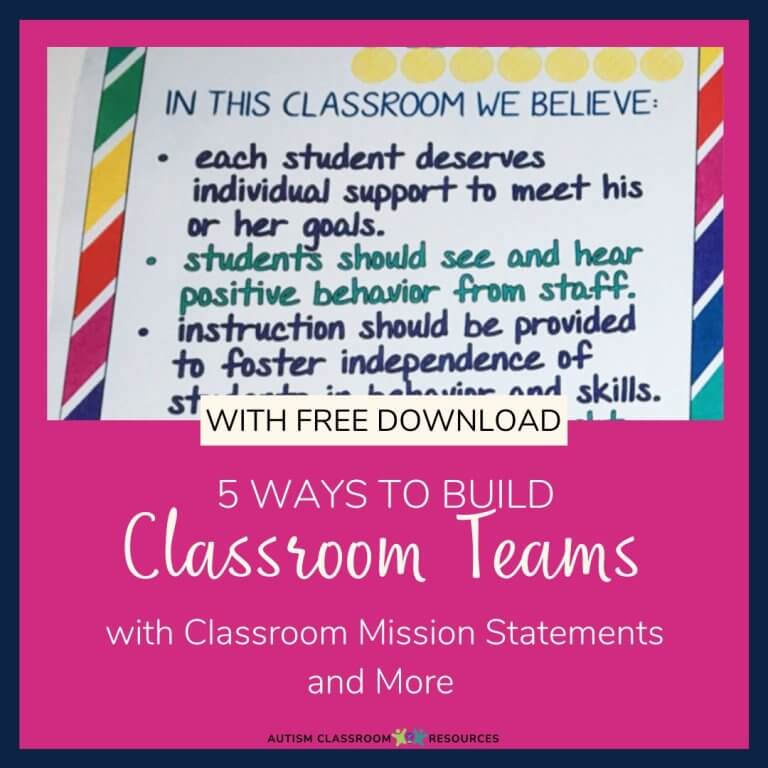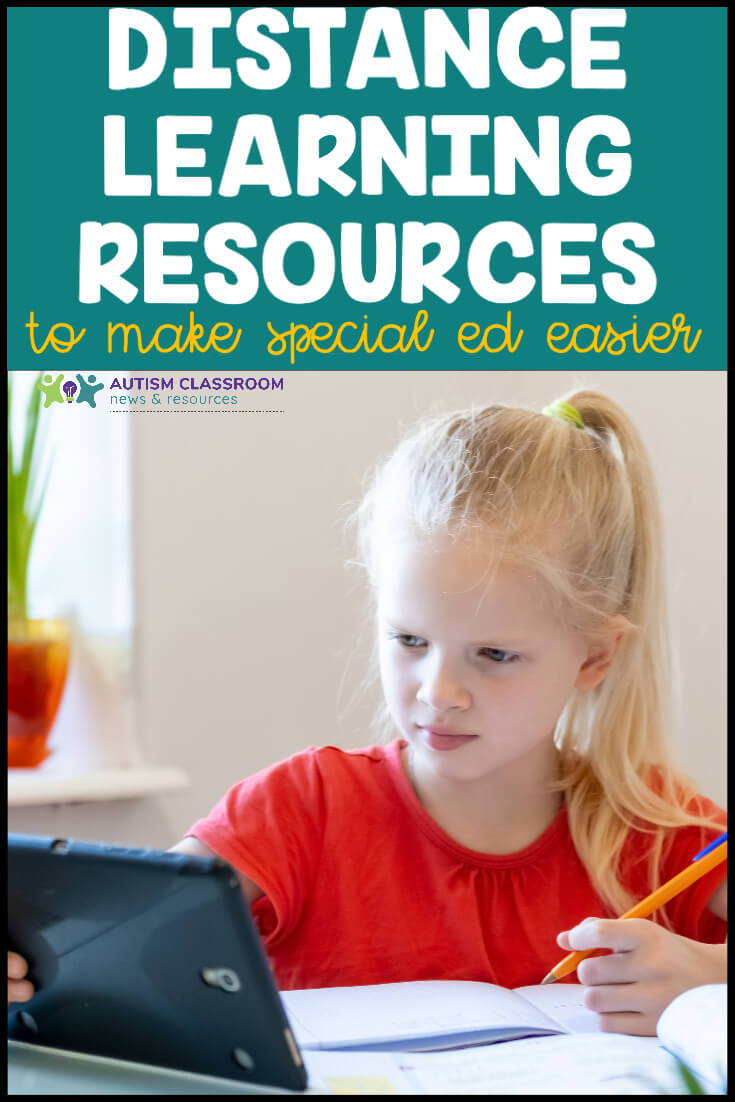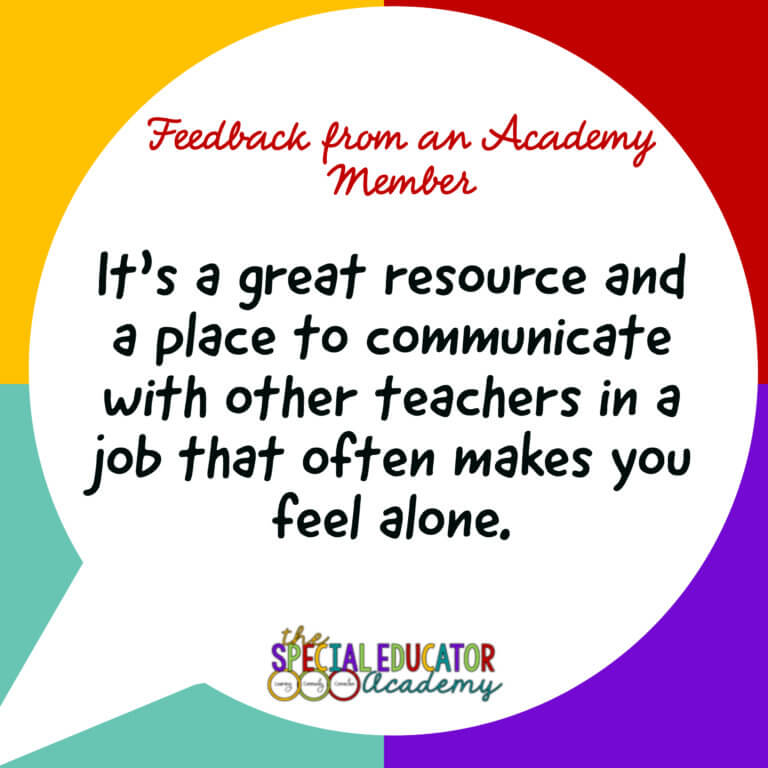The Parents
Imagine you are a parent (or maybe you are a parent) of a student in special education. You are getting ready for an IEP meeting. You want it to be a positive IEP, but you aren’t sure what to expect. Maybe it’s your first IEP meeting ever. Maybe you are a veteran (of the IEP “wars”), but it’s the start of a new year. You walk into the IEP and are greeted by a table full of people. They are trying to make themselves look like a small group. But by the time you add in the teacher, the LEA, the principal (if that isn’t the LEA), the SLP, the OT….you get the drift. You are a Mom, or a Dad or both. Maybe you brought and advocate or a friend. Before you get to the introductions, you probably feel outgunned and overwhelmed. After the introductions, they start telling you about YOUR child.
The Teacher
Now imagine you are the teacher. You spend 5 days a week, 6 hours a day with this parent’s child. There are procedures to follow and data to present. You also have 2 other meetings this week to prepare for. You know the mechanics of the meeting, but you are trying to figure out how to reach the family and make the process as collaborative as it can be.
What Can We Do?
Recently I found a meme similar to the note in the picture. I really loved what it had to say. So I shared it on Instagram and Facebook. And I tried to take it a step farther. I asked you what you do to start IEPs off collaboratively and to make it positive. Here are some ideas you shared and some I developed from those thoughts.
 Reading the Note in the Picture or Something Similar
Reading the Note in the Picture or Something Similar
Several of you said that you would read this note and others of you said you might develop something similar (or had done so). I think this note is such an amazing way to start off a meeting. Developing something personalized that is like it would be even better. I think it starts the meeting on a good note and helps set up the team for collaboration.
Pre-Meetings
Many of you said that you like to have pre-meetings with families so that nothing is a surprise to them. This also helps the full meeting go more quickly, as well as smoothly. A pre-meeting is just that–it’s not something at which you can make decisions. However, it is something where you can get answers to some of the questions like what the parents’ want to see in the coming year. Teachers can share their thoughts for goals and get feedback from parents. I avoid talking about placement at these meetings because it needs to be based on final goals/objectives. And it needs to be decided by the full team, so it’s often better not to confuse the issue.
Seek Parent Input Prior to the Meeting
Many of you talked about sending home forms for gathering parent input prior to the meeting. Several said you sent it home about a month before the meeting. Some sent them home with a draft of the IEP. Questions asked might include what they see as the strengths and weaknesses, what areas need to be addressed, and what they would like to see in the coming year. You can find a from the Special School District of St. Louis County.
Sharing Anecdotes or Special Stories
Many teachers make a point of starting the meeting with a story of an accomplishment or strength of the student. Some said they tried to make sure that they had something positive to share about each student. They might make notes throughout the year of things to share.
It might even be helpful to start the meeting by having each member share a positive anecdote or note about the student. I find it’s really helpful to have people who may not be with the student all the time, like the administrator and the general education teacher, to share their thoughts and observations about the student. This helps parents to see there is a connection.
Student-Directed IEPs
Several people noted that student-directed IEPs are a great way to help parents feel more comfortable. Hearing accomplishments and strengths and weaknesses from the student is often helpful. Clearly this works best for students who are able to communicate, but even having students participate in part of the meeting can help. I love the idea of having them involved as a way to teach and support self-advocacy. The Autism Vault has a great post on self-directed data collection and goal setting that might be useful for this. If you are looking for more information on student-directed IEPs, check out this post.
I also created this social story a few years ago–I made it into a video–about the different roles we all play in IEPs and why they are important to remember. Often it’s hard to keep perspective.
https://youtu.be/O-ERHAsDlxM
In addition, many teachers noted that it was important to communicate regularly with the parents outside the IEP meeting. Essentially nothing should come as a surprise at the IEP.
Looking for more posts on how to help IEPs go more smoothly? Check out these. This post and this one are especially related to how we run the meeting.
Until next time,







